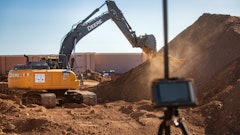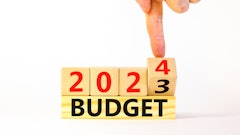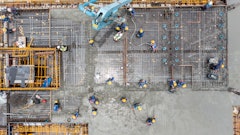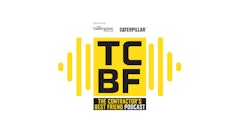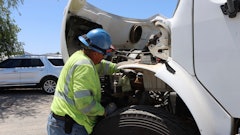

The Equipment Leasing and Finance Association released its 2014 Survey of Equipment Finance Activity (SEFA) which showed in 2013 construction equipment represented 9.5 percent of equipment financing new business volume reported by ELFA member companies, up from 8.5 percent in 2012. As an end-user of equipment finance, the construction industry represented 7.1 percent of new business volume reported by ELFA member companies, up from 6.6 percent in 2012.
The SEFA is the broadest compendium of data on the equipment finance industry, comprising a representative cross-section of equipment lease and loan origination by product, structure and origination. The report provides a baseline and benchmark for companies operating in the equipment finance space through a voluntary survey of ELFA member companies.
Below are key findings for the construction industry from ELFA's SEFA and related resources.
According to the 2014 “What’s Hot/What’s Not” Equipment Leasing Trends Survey released by the Independent Equipment Company in cooperation with ELFA to measure industry perceptions of equipment types:
- Construction equipment ranked first in portfolio preference among equipment finance executives surveyed, after tying for second place in 2013.
- Construction equipment ranked first in largest increase in residual value among the 15 equipment types ranked.
Investment in equipment and software
Every year U.S. businesses, nonprofits and government agencies spend in excess of $1.4 trillion in capital goods or fixed business investment (including software/excluding real estate). According to the Equipment Leasing & Finance Foundation’s 2013 State of the Equipment Finance Industry Report:
- In 2013, of the projected $1.448 trillion invested in plant, equipment and software, 57 percent or approximately $827 billion of that investment was financed through loans, leases and lines of credit.
- The commercial equipment finance sector is key to capital formation in the U.S. and abroad and plays a vital role in supporting the U.S. economy.
According to the Equipment Leasing & Finance Foundation’s Q3 2014 Equipment Leasing & Finance U.S. Economic Outlook:
- Construction equipment investment increased at a 21.2 percent annualized rate in Q1 2014, and was down 6.1 percent year over year due to a base effect from elevated levels in Q1 2013.
- Construction machinery investment will continue to experience strong growth, and the year-over-year growth figures will begin to trend positive as multiple quarters of expansion take hold amidst the housing recovery.
Construction spending
According to the U.S. Census Bureau:
- During the first five months of 2014, construction spending amounted to $358.1 billion, up 8.2 percent from the same period in 2013.
- In May 2014, new construction machinery orders increased 13.3 percent year to date over 2013.
According to the Wells Fargo 2014 Construction Industry Forecast:
- Compared to 2013, 26.1 percent of contractors said that they expected their purchases of new equipment to increase in 2014, 35.6 percent expected purchases to remain the same and 26.4 percent expected them to decrease.
- Compared to 2013, 21.8 percent of contractors said that they expected their purchases of used equipment to increase in 2014, 42.1 percent expected purchases to remain the same and 22.2 percent expected them to decrease.
According to the June 2014 Rouse Rental Report:
- The May Rouse Value Index for used equipment across the 14 major construction rental equipment categories increased 0.5 percent from the previous month to 45.7 percent.
- For the six months ending May 31, 2014, average index values increased 3 percent.









